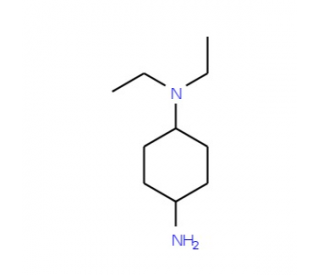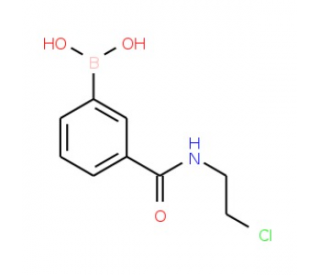详细说明
Species Reactivity
Mouse
Specificity
Detects mouse Notch-2 in direct ELISAs. In direct ELISAs, 50-100% cross-reactivity with recombinant human (rh) Notch-2 and no cross-reactivity with rhNotch-1, -2, -3, recombinant mouse (rm) Notch-1, rmNotch-3, recombinant rat (rr) Notch2, or rrDLL1 is observed.
Source
Monoclonal Rat IgG 1 Clone # 605724
Purification
Protein A or G purified from hybridoma culture supernatant
Immunogen
Chinese hamster ovary cell line CHO-derived recombinant mouse Notch-2
Leu26-Val528 (predicted)
Accession # O35516Formulation
Lyophilized from a 0.2 μm filtered solution in PBS with Trehalose. *Small pack size (SP) is supplied as a 0.2 µm filtered solution in PBS.
Label
Unconjugated
Applications
Recommended
ConcentrationSample
Flow Cytometry
2.5 µg/10 6 cells
See below
CyTOF-ready
Ready to be labeled using established conjugation methods. No BSA or other carrier proteins that could interfere with conjugation.
Please Note: Optimal dilutions should be determined by each laboratory for each application. are available in the Technical Information section on our website.
Data Examples
Flow Cytometry | Detection of Notch‑2 in C2C12 Mouse Cell Line by Flow Cytometry. C2C12 mouse myoblast cell line was stained with Mouse Notch‑2 Monoclonal Antibody (Catalog # MAB5196, filled histogram) or isotype control antibody (Catalog # , open histogram), followed by Phycoerythrin-conjugated Anti-Rat IgG F(ab')2 Secondary Antibody (Catalog # ). |
Preparation and Storage
Reconstitution
Sterile PBS to a final concentration of 0.5 mg/mL.
Shipping
The product is shipped at ambient temperature. Upon receipt, store it immediately at the temperature recommended below. *Small pack size (SP) is shipped with polar packs. Upon receipt, store it immediately at -20 to -70 °C
Stability & Storage
Use a manual defrost freezer and avoid repeated freeze-thaw cycles.
12 months from date of receipt, -20 to -70 °C as supplied.
1 month, 2 to 8 °C under sterile conditions after reconstitution.
6 months, -20 to -70 °C under sterile conditions after reconstitution.
Background: Notch-2
Notch-2 (also Motch-2) is a 280-300 kDa member of the notch family of transmembrane (TM) proteins. It is found on multiple cell types and exhibits multiple functions. On CD8+ T cells, it augments cytotoxic activity; on pre-B cells, it drives B1 B cell development; on endothelial cells, it induces apoptosis; and on proerythroblasts, it promotes proliferation. Mature mouse Notch-2 is a 2445 amino acid (aa) type I TM glycoprotein. It undergoes Golgi processing to generate a 180-200 kDa extracellular domain (ECD) (aa 26-1606) possibly covalently-linked to a 100-110 kDa membrane bound C-terminal segment (aa 1607-2470). Upon binding to Delta1, Jagged1, or Jagged2, the 110 kDa segment undergoes two cleavages, the second which generates an NICD (notch intracellular domain) that serves as a potential nuclear transcription factor. There are three potential splice variants. One shows a 32 aa substitution for aa 293-2470, a second contains a 13 aa substitution for aa 1-1954, and a third possesses a five aa substitution for aa 224-227 coupled to an 11 aa substitution for aa 1704-1713. Over aa 26-528, mouse Notch-2 shares 96% and 94% aa identity with rat and human Notch-2, respectively.
Entrez Gene IDs:
4853 (Human); 29492 (Rat)
Alternate Names:
AGS2; hN2; neurogenic locus notch homolog protein 2; Notch (Drosophila) homolog 2; notch 2Notch homolog 2 (Drosophila); Notch homolog 2; Notch2; Notch-2











 粤公网安备44196802000105号
粤公网安备44196802000105号